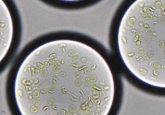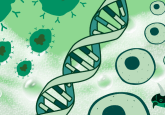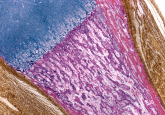Wibble wobble jello… self-healing on a plate
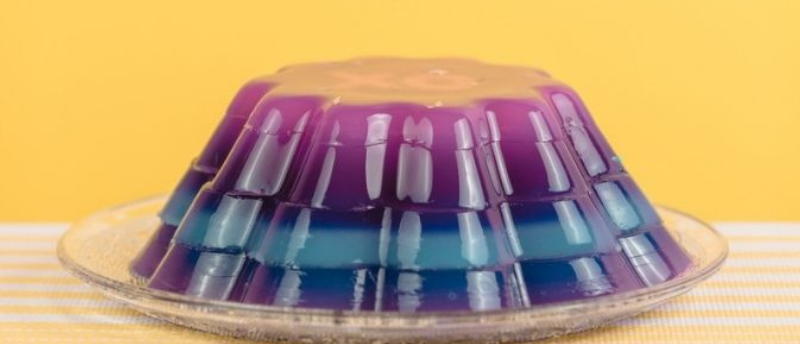
The development of self-healing biodegradable materials has wobbled forwards thanks to researchers at the University of Cambridge (UK), who have produced a ‘jelly-like’ material with properties far in advance of what you might find on the shelf during your weekly supermarket trip.
In their work to develop materials for robotic prosthetics, published in NPG Asia Materials, they arrived at a material constructed from an unlikely combination of jelly and salt. Their jelly-like substance can do a number of impressive things that most jelly, unfortunately, cannot. For a start, it is partially self-healing at room temperature, which is an advance in and of itself, as previous iterations of self-healing soft materials required heating in order to heal. This in turn broadens the range of real-world applications to which the material can be applied, with the material able to detect damage, perform temporary repairs, and continue operations without human interference.
Soft robotics is a branch of robotics concerned with the use of softer materials in the fabrication of robots. The technology is heavily reliant on sensors to achieve this goal, using them to gather data on position, pressure and force, amongst other factors. The jelly-like self-healing material created by the researchers in Cambridge, in addition to self-healing, can also sense strain, temperature and humidity. The self-healing materials are also easy and cheap to make using either 3D printing or casting methods, and are a preferred choice over alternative materials due to ease-of-access to resources, and long-term strength and stability. However, soft sensing technologies are also known to be fragile and energy-intensive to run.
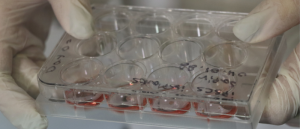
Engineered spinal cord implants provide hope for those with traumatic injury
Using fatty tissue, called adipose tissue, researchers have created an implant that restored movement in both acute and chronic models of paralysis.
Starting with a malleable, elastic gelatin-based substance, the researchers slowly incorporated sensors into it, adding conductive components in the process. They found that printing sensors containing sodium chloride provided them with the material they wanted. Salt’s solubility in water, on which hydrogel is based, creates the right environment for ionic conduction.
A hydrogel is a 3D mesh of hydrophilic polymers. At least 10% of the total weight must be water, and they must be similar to natural tissue in suppleness. Hydrophilic polymers swell when exposed to water, able to contain a substantial amount of it without losing structure. Hydrophilic polymers may also dissolve in water but in order for a hydrogel to be a hydrogel, said hydrogel can’t dissolve, so developers use hydrophilic polymers of the non-dissolving variety.
These hydrogels can be paired with a variety of materials, allowing for their incorporation into other forms of robotics, such as in the development of artificial extremities, including hands. As a proof-of-concept self-healing material, further iterations are required before it can be utilized for artificial skin or biodegradable sensors.
As first author, David Hardman, observed: “Incorporating soft sensors into robotics allows us to get a lot more information from them, like how strain on our muscles allows our brains to get information about the state of our bodies.”


